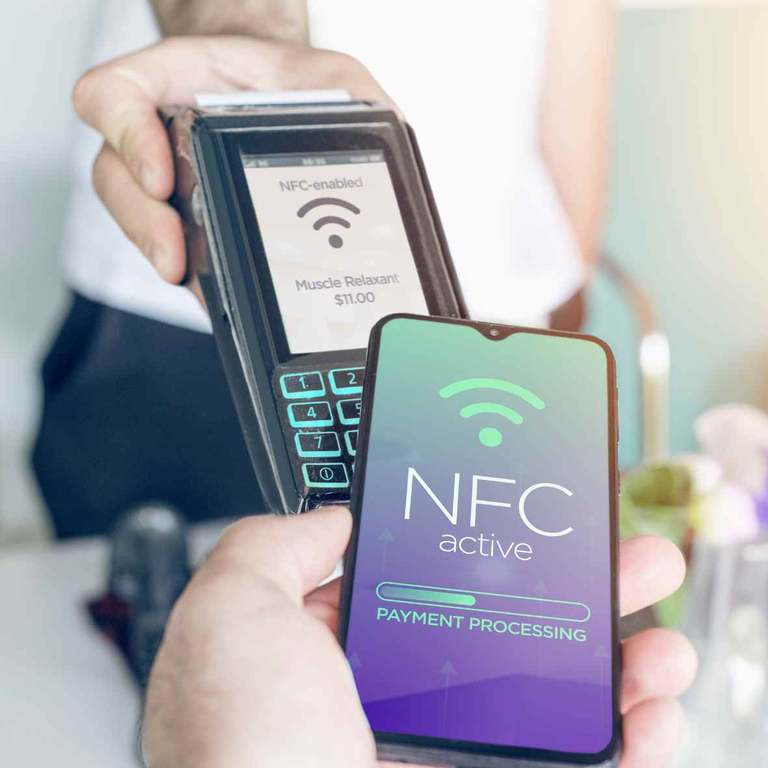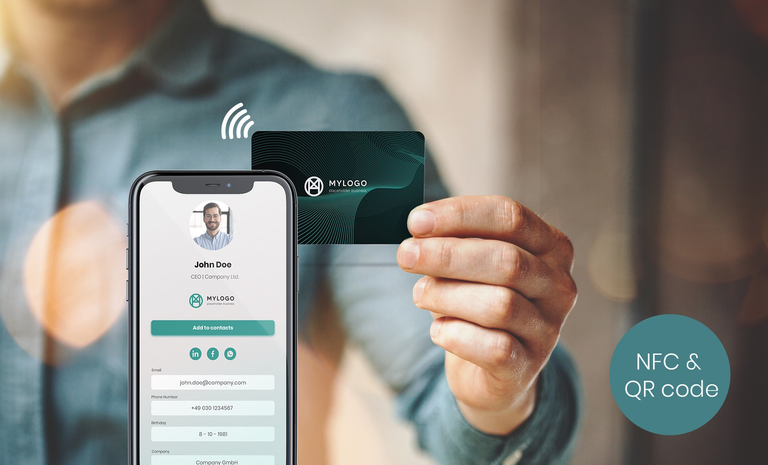NFC Technology: What is it and how to use it
Near Field Communication (NFC) is a technology that enables short-range wireless communication between devices. It allows for seamless data transfer and interaction between smartphones, tablets, and other NFC-enabled devices. In this article, we will delve into the workings of NFC technology and explore its various applications and uses in today's digital world.
Understanding NFC Technology
NFC operates on the principle of electromagnetic radio fields to establish a connection between two devices. It utilizes radio waves to establish communication when the devices are within close proximity (typically within a few centimeters). This close range ensures secure and reliable data transmission.

NFC devices consist of two essential components: the NFC chip and the antenna. The NFC chip stores and processes information, while the antenna is responsible for transmitting and receiving signals. When two NFC-enabled devices are brought close together, they establish a connection by creating a magnetic field between them.
Applications and uses of NFC tech
- Contactless Payments: One of the most popular applications of NFC technology is contactless payments. With NFC-enabled smartphones or smart cards, users can make secure transactions by simply tapping their device on a compatible payment terminal. This technology has revolutionized the way we make purchases, offering convenience and speed at retail stores, public transportation systems, and more.
- Mobile Ticketing: NFC has streamlined ticketing systems by allowing users to store tickets digitally on their smartphones. Whether it's for concerts, movies, or flights, NFC-enabled devices can be used to access and validate tickets at the venue, eliminating the need for physical tickets and reducing the chances of fraud.
- Data Transfer and Sharing: NFC simplifies the process of sharing files, contacts, and other data between devices. By bringing two NFC-enabled devices close together, users can quickly exchange information without the need for complex setup processes. This technology is particularly useful for sharing files between smartphones, tablets, and even printers.
- Access Control: NFC technology is widely used for access control systems in offices, hotels, and other secured environments. Employees or residents can use NFC-enabled ID cards or smartphones to gain access to restricted areas, replacing traditional keys or access cards. This provides enhanced security and allows for easy management of access privileges.
- Smart Home Integration: NFC plays a significant role in the development of smart homes. By integrating NFC into home automation systems, users can control various aspects of their home, such as lighting, temperature, and security, with a simple tap or wave of their smartphone. This technology offers convenience and customization options to homeowners.
NFC technology has emerged as a versatile and convenient solution for various applications in our increasingly digital world. From contactless payments to mobile ticketing and data sharing, NFC simplifies and enhances our daily interactions with technology. As this technology continues to evolve, we can expect even more innovative applications in sectors like healthcare, transportation, and entertainment. With its seamless connectivity and secure data transfer, NFC is poised to redefine the way we interact and transact in the future.


